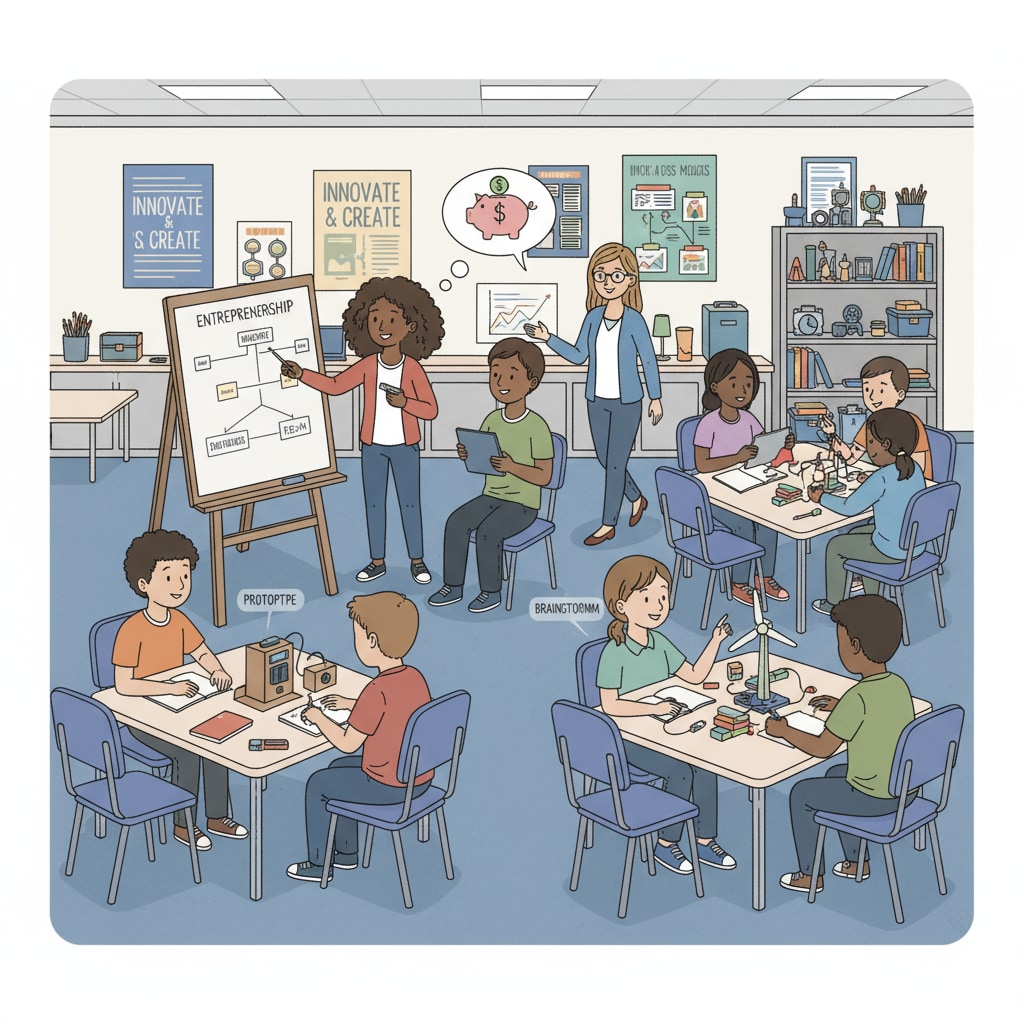Entrepreneurial thinking, education reform, and practical learning are crucial elements in revolutionizing the current K-12 education system. The existing K-12 education model has long been in need of a fundamental shift. It’s not merely about adding a few entrepreneurship courses; rather, it requires a comprehensive integration of entrepreneurial mindsets.

The Need for Change in K-12 Education
The traditional K-12 education system often focuses on rote memorization and standardized testing. As a result, students are ill-prepared for the dynamic and uncertain world outside the classroom. For example, in a rapidly changing job market, the skills learned through traditional education may quickly become obsolete. According to Britannica, education should be a continuous process of growth and adaptation, but the current K-12 setup fails to fully achieve this.
Integrating Entrepreneurial Thinking
Entrepreneurial thinking involves being creative, taking risks, and seeing opportunities in problems. In a K-12 context, this can be fostered through various means. Teachers can design projects that encourage students to identify real-world problems and come up with innovative solutions. For instance, students could work on developing a new product or service for their school community. This hands-on approach not only teaches them problem-solving skills but also instills the confidence needed to be entrepreneurs. As stated on Wikipedia’s page on entrepreneurship education, early exposure to entrepreneurial thinking can have a profound impact on a student’s development.

Practical learning is at the heart of developing entrepreneurial capabilities. Instead of just learning theories, students should have the opportunity to apply their knowledge in real situations. This could involve internships, starting small businesses within the school, or participating in community projects. By doing so, they learn about the challenges and rewards of entrepreneurship firsthand. In addition, iterative learning, where students learn from their mistakes and improve their strategies, is essential. This cycle of learning helps students build resilience and adaptability, which are key traits for entrepreneurs.
In conclusion, reforming K-12 education to incorporate entrepreneurial thinking and practical learning is essential for equipping students with the skills they need to thrive in the future. By making these changes, we can create a generation of innovative, adaptable, and confident individuals ready to take on the challenges of an ever-changing world.
Readability guidance: The article uses short paragraphs and lists to summarize key points. Each H2 section provides relevant details. Passive voice and long sentences are kept to a minimum, and transition words are used throughout to enhance flow.


